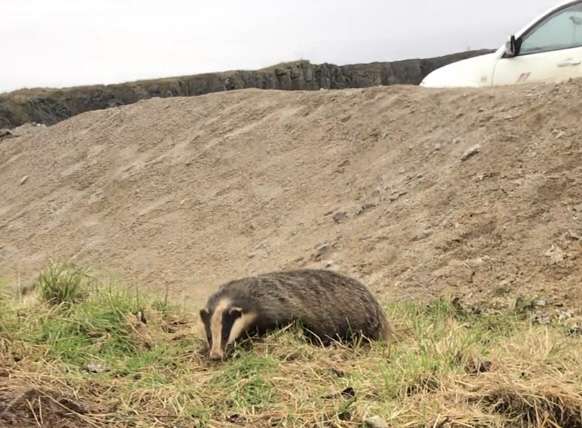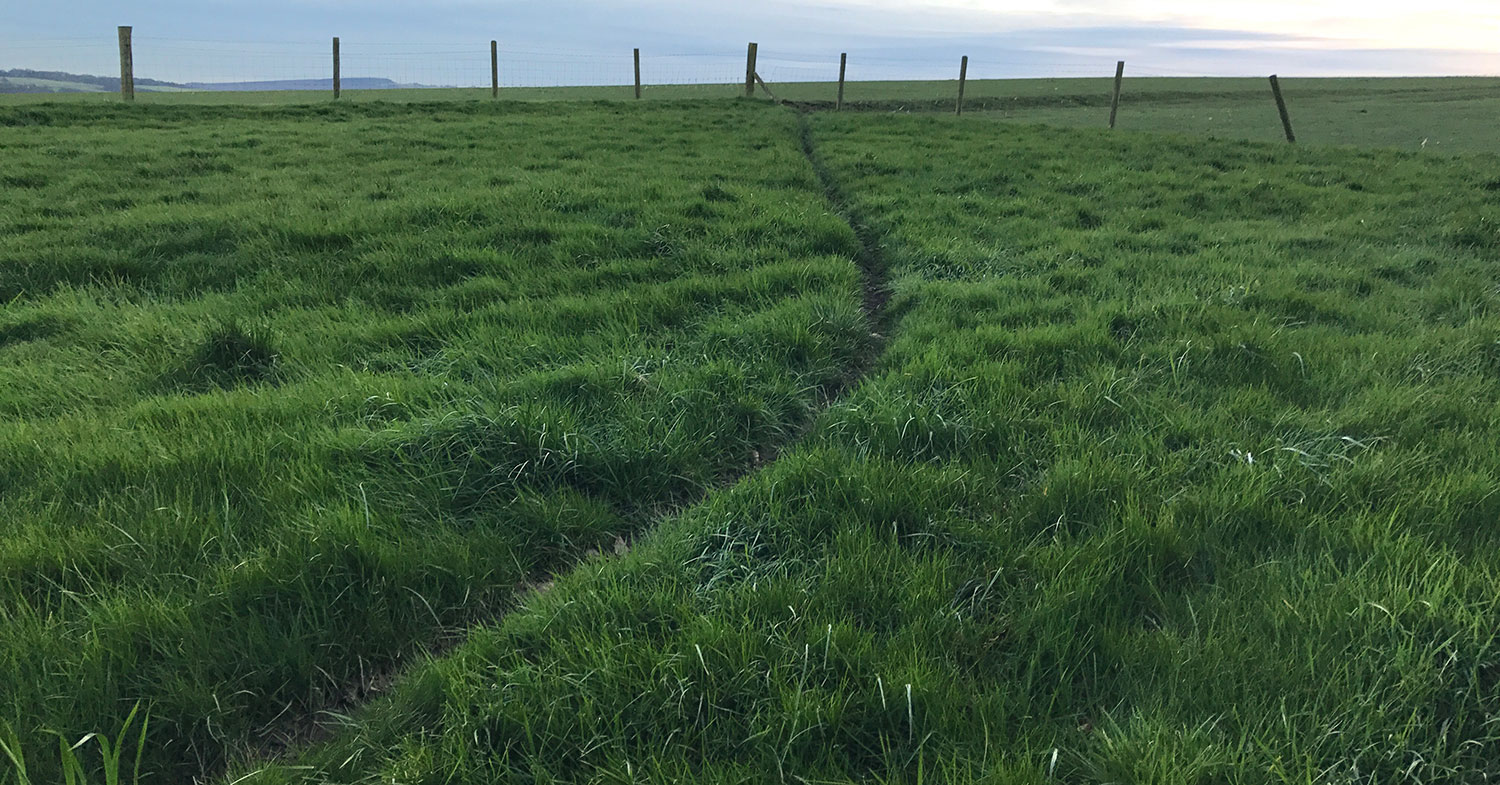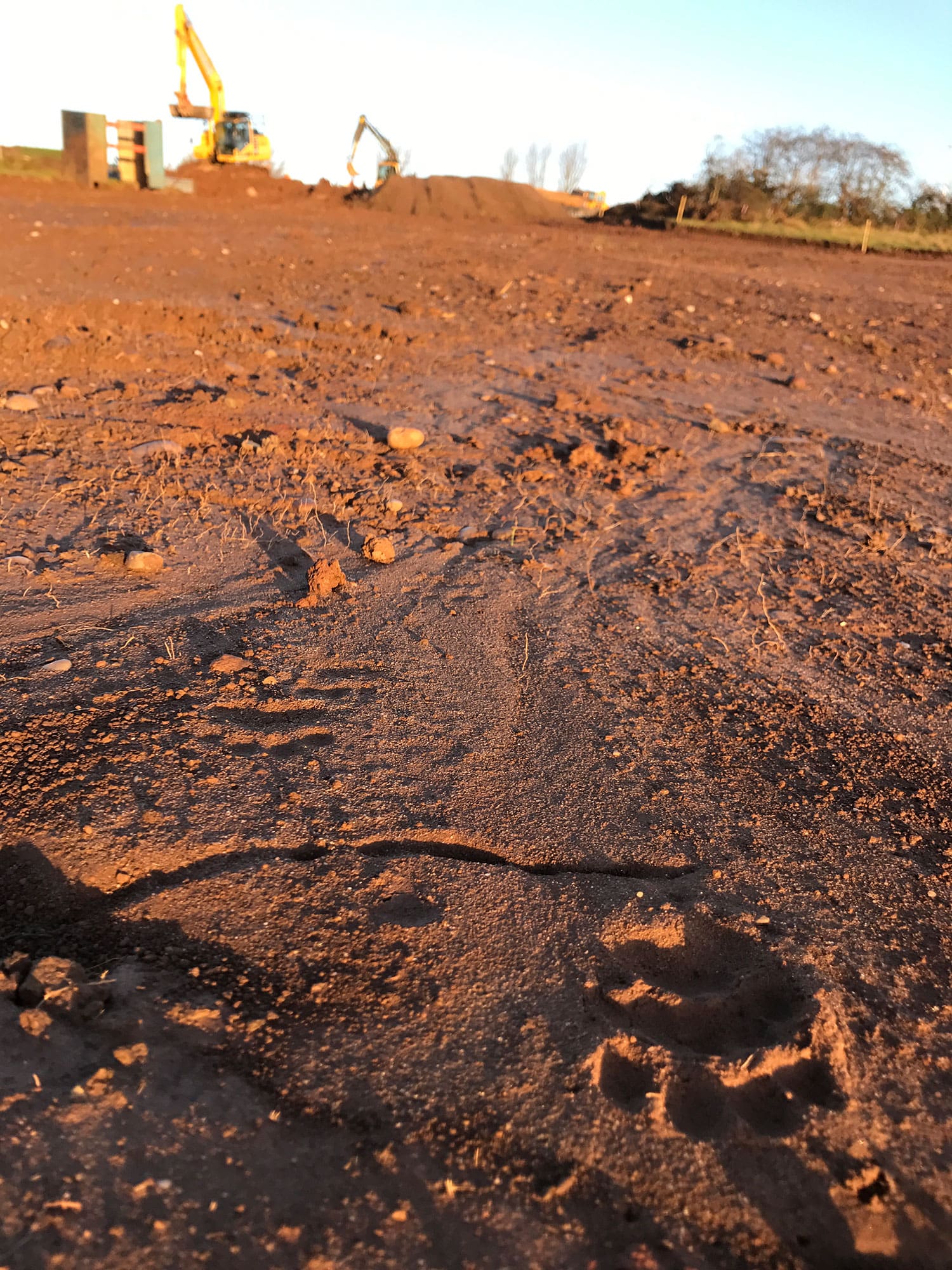Say the word badger to a high percentage of the general public and you are usually met with one of two reactions. The first is fear because people have heard horror stories of these huge TB riddled black and white beasts that roam the countryside after dark infecting cattle and digging up crops for fun, the other is humour, because of the ‘Badger Badger Badger’ video that did the rounds on Youtube about 10 years ago.

However, having had the good fortune to work with, and around, badgers for the last 20+ years I can tell you neither is anything like a fair representation of what is a fascinating species. In my time working with badgers I have never been attacked by one, despite regularly getting in pens with them to feed them and clean them out, and I have never seen one dance, however catchy the tune you play them. In reality, badgers are a sociable, playful, inquisitive and incredibly resourceful animal, they are one of Britain’s most recognisable mammal species and they are a quintessential part of the UK’s wildlife and something to be treasured and protected.
Behaviour
Badgers live it social groups called ‘Clans’ with the number of animals present in the clan depending on the time of year, but usually varying between four and eight. Badgers are territorial with each clan occupying a territory and within that territory having several networks of underground tunnels, called ‘Setts’. The setts all have different uses with some comprising large numbers of entrances, being occupied the majority of the year and used for breeding and some being smaller and only occasionally used. Badgers are relatively tidy animals and they regularly clean out and maintain their setts and refresh the bedding inside. The regular maintenance means that some setts will have been used by many generations of badgers.

Badgers are creatures of habitat leaving well-worn paths across their territory leading them to their favoured foraging areas. Despite their size and the stories about how dangerous and viscous badgers are their favoured food source is not hedgehogs or bird eggs, but is earthworms, which they snuffle in the ground for. Badgers are scavengers at heart and if for any reason there is a shortage of their favourite food they will also eat fruit, corn and a wide range of other things opportunistically depending on the time of year and availability.
Badgers and People
Badgers and people have a chequered history with badgers suffering many forms of persecution for a variety of reasons, from so called sport, to being blamed for the spread of TB and damage to crops.
Although most people have heard of ‘Badger Baiting’ I don’t think many people fully understand the cruel nature of the ‘sport’ and how unsporting it actually is. The badgers are chased into their setts by trained dogs that pin them in the sett while people dig down to get the badgers out. Once out of the sett the badgers are pitted against dogs, and not in a fair fight, with the badgers having their jaw, teeth or feet broken in advance of the fight to give the dogs a chance. I’m not sure about anyone else but if I watched the next Tyson Fury fight and before the fight he was beat up, held hostage and had his arms broken I would be hard pushed to call what followed a sport! I have been lucky enough over the last 20 years to never see the gruesome aftermath of badger baiting. I have however been unlucky enough to experience other persecution, most notably snaring. Whilst snaring as a rule is not illegal targeting it towards badgers is, and not securely fastening the snares or checking them regularly is also illegal. Over the years I have seen badgers caught in snares and the permanent damage a snare will do. Imagine being caught in a metal noose that tightens the more you struggle and eventually digs into your flesh causing horrific, and often fatal, wounds.

More recently badgers get a lot of bad press when they are encountered during development. What you have to consider is that the badgers were there first, and being territorial they have no choice, if someone builds houses on their territory they still have to forage somewhere. Imagine if you woke up one day and someone had built a house in your garden, and then they got annoyed at you for being there, is that really fair?
With the right survey effort and good design badgers will happily live alongside developments, although we have to consider them at the design stage and provide them with some wild areas to find food and ways to get around that don’t involve crossing busy roads.
Overall, I find badgers to be a fascinating species and the more I deal with them the more I appreciate them. I have been lucky enough to see badgers in their natural environment although I appreciate that most people aren’t so lucky. For most people the only time they have any experience of badgers is through distorted media or when they see them dead at the side of the road. The next time you are out walking at dusk or dawn and you hear a rustling and snuffling in the undergrowth stop and be quiet for a minute. If you are lucky enough that it is a badger don’t be scared, they aren’t viscous, in reality they will be more scared of you than you are of them, just stay still for a minute and appreciate one of the marvels of British wildlife.
